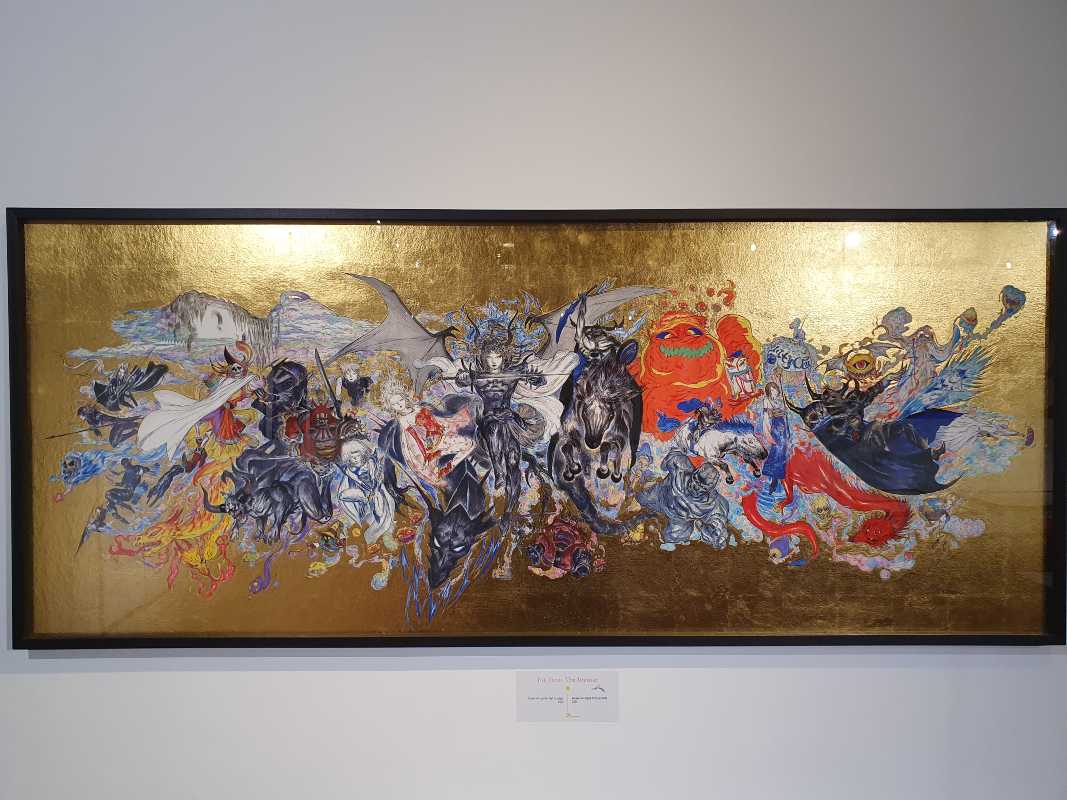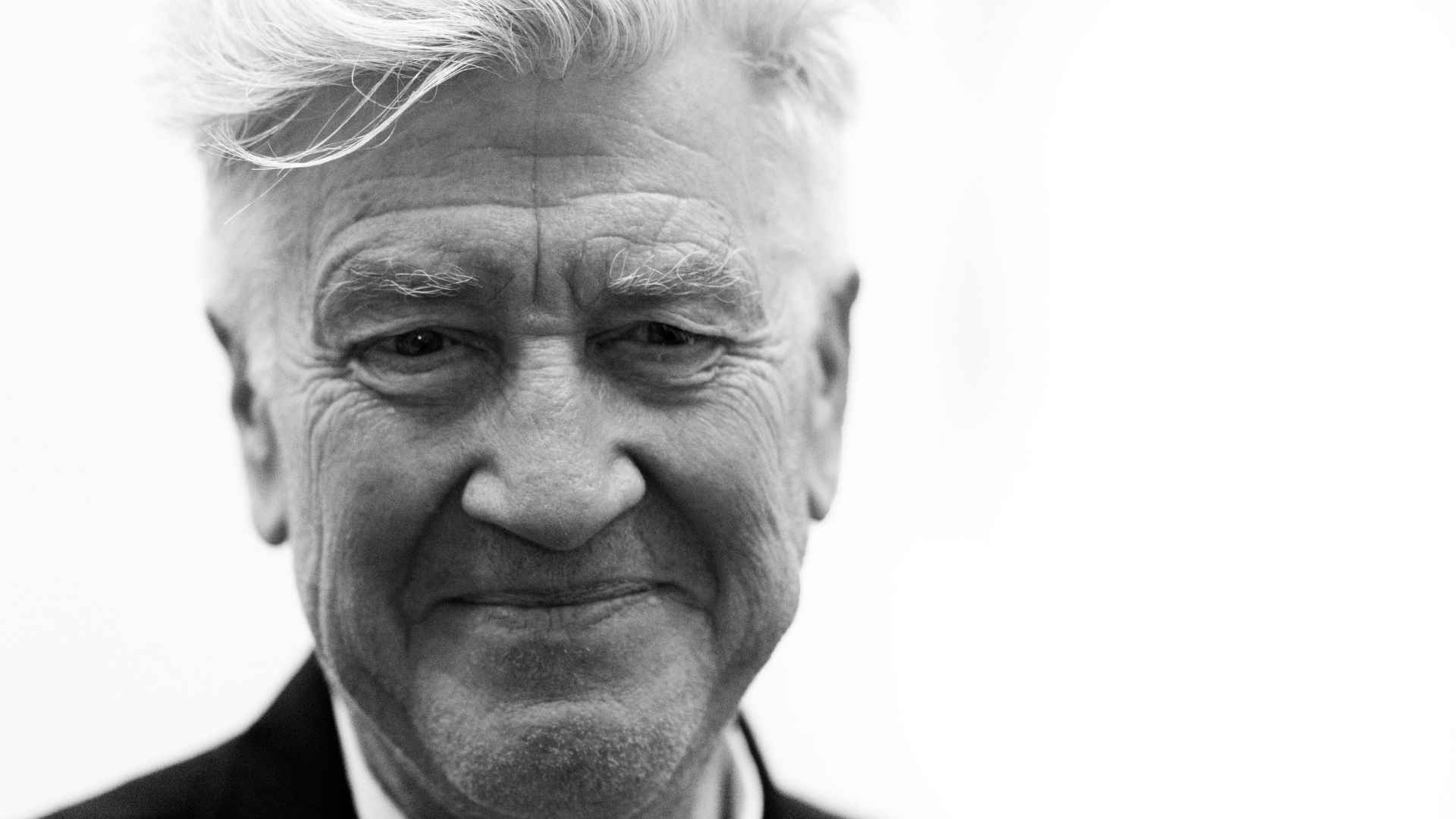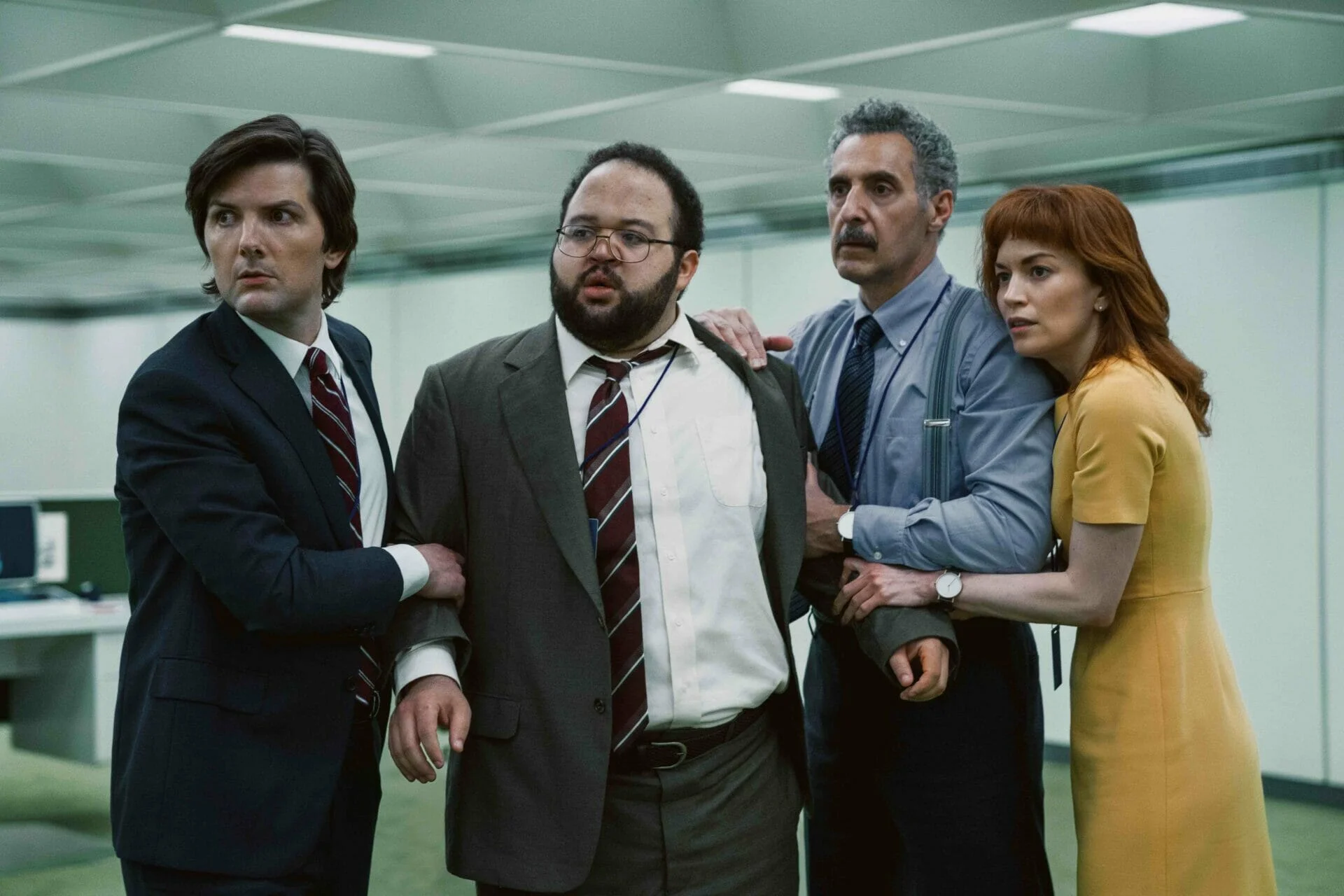
“Batman was never political, for me. It is mythical. Superheroes make up our contemporary mythology. They are role models we try to imitate because they show us the best part of ourselves”. Frank Miller has dedicated a huge part of his career to superheroes. The first big success was his run on Daredevil, along with the creation of Elektra. He made a character that was not that popular in the 1970s turn into a best-selling one. It was just the beginning of a more than forty-year-long career, which changed comics altogether.
Beneath the grim look, consistent with works of his like Sin City and The Dark Knight Returns, Miller is actually a friendly guy who genuinely loves both his work and getting in touch with his readers. When asked what he thinks of comics conventions and his fans, he stated: “These are my people and I love to take part in events like this”.
On the first day of Lucca Comics & Games 2021, people had the chance to watch a summary of this outstanding career. Frank Miller and Silenn Thomas (Producer and CEO of Frank Miller Inc.) presented the documentary Frank Miller – American genius and then they discussed with the audience about the present condition of comics.

This guy is awful
The path leading to this documentary starts precisely in Lucca. Thomas met Miller when he was working on 300 and became one of his producers. Later on, she decided to shoot a film about Miller, retracing his career from the starting point, the relocation in New York City.
Back in the 70s, at the beginning of his career, Miller reached out to one of his idols, Neal Adams, a DC Comics superstar thanks to his runs on Batman and Green Lantern. The feedback on his portfolio was brutal, but Adams was meant to become Miller’s mentor. Miller kept on coming back to him, thriving on harsh comments on his works, instead of being discouraged. Moreover, as a self-taught author, he soon determined his own, original style. He was also one of the firsts to avoid captions. He gave over center stage to the action, letting the scenes talk for themselves. In this way, he made a solid dialogue or line the only written part of the panel.
Frank Miller was part of a generation raised with comics, willing to keep on reading them even after adolescence. The point was finding the right language to maintain a grip on those dreamy children who had and have turned into mature readers. Miller’s run on Daredevil and his later takes on Batman are clear examples of this process. Political nuances, psychological insights, ambiguous morals, Miller managed to create layered works. Together with Alan Moore’s Watchmen and others, they completely reshaped the superheroes genre.
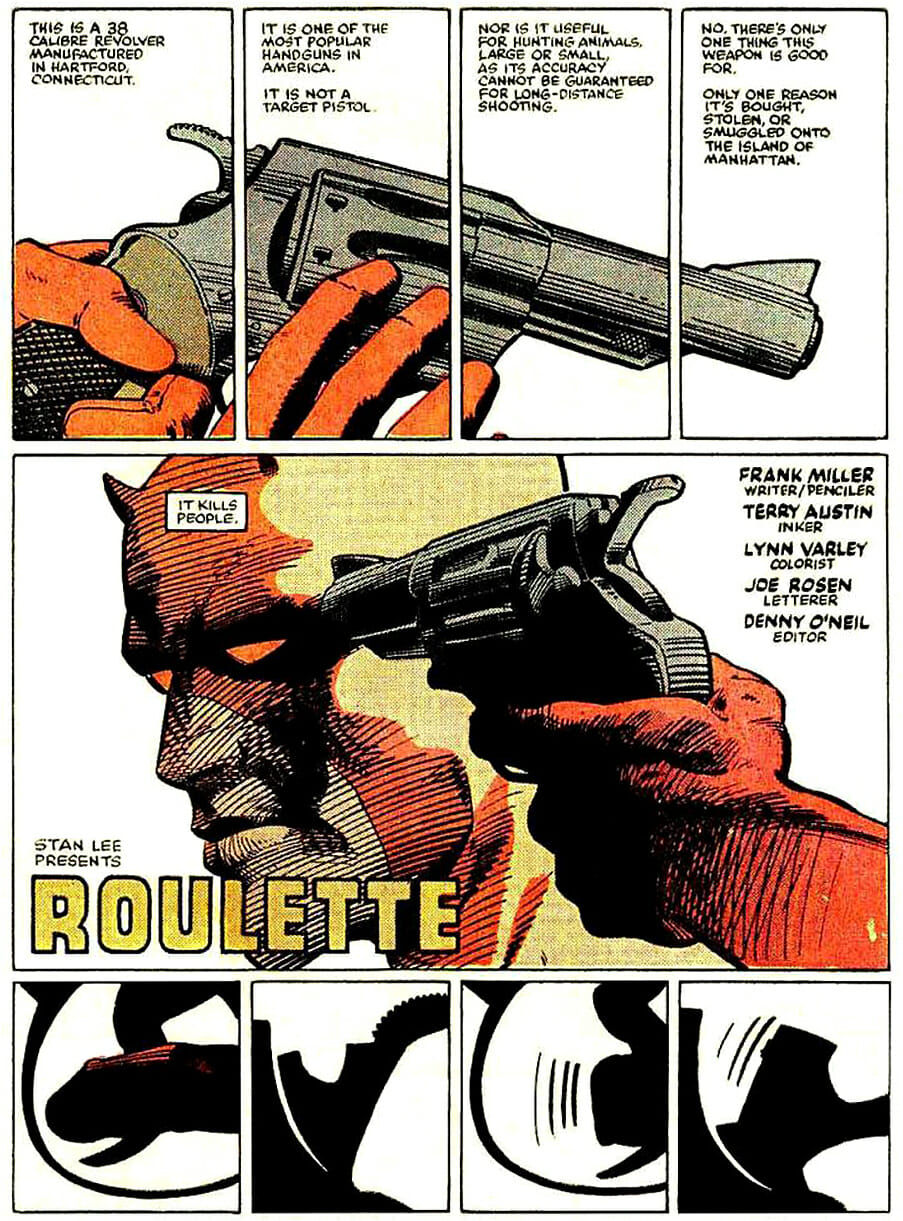
Superheroes draw out the best in us
People wearing tights and fighting crime never ceased to amaze Miller, as his latest works shows. After a long time, he got back on his Bat-verse with DK III: Master Race (2015), co-created with Brian Azzarello. In 2019 he published DK: The Golden Child, illustrated by Rafael Grampà, which may be considered a prologue of an announced DK IV.
Probably, though, his most intimate comic book about superheroes among the recent works is Superman: Year One. Illustrated by John Romita Jr., it is an origin story where Miller tries to outline an archetype of the superhero. More than any other, Superman shows the true core of the idea of hero as Miller conceives it. “The best part of superheroes is that they could be evil, but they decide not to. They fight their dark sides more than their nemesis. They use their power to do good. Thus, even if they are fictitious, they exhort us to be better, making the readers the true heroes”.
However, during the discussion, Miller expressed also some doubts about this genre. When they asked him what’s the current situation with superheroes, he answered with a glimpse of sarcasm. “They’ve seen better days. The old order ruled by the big league has been disrupted and I don’t see a new one yet. Comics are expanding in so many directions that it’s hard to make predictions”. He also added, provocatively, that comics can express their potential in lots of ways. “Superheroes are just one of them and if they are outdated, is it worth it to persist on writing about them?”.
Beyond Superheroes

As a matter of fact, superheroes don’t make up the entirety of Miller’s works up at all. Not only is he self-taught, he always preferred not to be bound to a single publisher. So in the 90s he started his collaboration with Dark Horse Comics with Hard Boiled, an eccentric mix of the homonymous genre and sci-fi features, illustrated by Geoff Darrow.
Right after, then comes Sin City, a turning point in his career. “It was the first time I was completely free to do whatever I wanted”, says Miller. Sin City is an avant-gardist work, where Miller experimented with different techniques and layouts and gathered all the peculiar features of his style. The tormented and constant interior monologues, the muscular figures, the noir nature of his characters, the rough trait. Last but not least, skillful use of colors, mostly red, black and white, and the shading, probably the most iconic elements.
Sin City was also what gave him a solid opportunity to work in filmmaking. He had already worked as a scriptwriter for Robocop 2, but his work was heavily edited, leaving him unsatisfied. However, he got a second chance because Sin City caught the attention of director Robert Rodriguez, who made a short movie adapting an episode of Sin City and showed it to Miller. He was impressed to the point he decided to write and direct an entire movie, released in 2005 and followed by a second one in 2014. These movie adaptations provoked mixed reviews by critics, but they are worth mentioning, if nothing else, because of the effort made to reproduce the unique visual style of Sin City.
Comics and cinema
For Dark Horse as well, Miller published in 1998 another comic book, 300, later on adapted into a successful movie by Zack Snyder. It’s the story of the battle of the Thermopylae when 300 Spartans led by Leonidas managed to stop the advance of the Persian Empire. Even if in his characteristic way, Miller explores historical fiction, focusing on the violence of the fights. His fascination for Greek culture lead him to write also another story in 2018, Xerxes: The Fall of the House of Darius and the Rise of Alexander, this time with Persian Emperors as protagonists.
This one too had a movie adaptation and so questions arose about the relationship between comics and other media. Does it make sense to write comics thinking in advance about movie adaptations and other media? “When I created Sin City or 300, I didn’t think at all about potential movies. I think comics artists should propose to moviemakers works that are impossible to adapt. No matter how hard it could be, I believe films can do unimaginable things and moviemakers will try to realize them with the right inputs”. Then, questioned whether he prefers being a cartoonist or a moviemaker, he laconically said: “Comics and movies are both very similar and very different. Let’s say I’m very proficient just in one of them”.

This is one of the pleasures of this job
Frank Miller is for sure an author open to various influences, who likes to explore different fields. His drawing style was surely affected by manga. Above all, Lone Wolf and Cub, a famous manga of the 70s written by Kazuo Koike and illustrated by Goseki Kojima, had a huge impact on him. He took part in the English version, making the covers illustrations. He also contributed to the overall diffusion of manga in the USA. The Japanese influences clearly inspired him in the creation of Ronin, a graphic novel written for DC Comics. Miller found out about Japanese culture doing research for his Daredevil and developed an interest in the ronin, a disgraced samurai with no master.
Throughout his career, Miller had the chance to experiment also thanks to his numerous collaborations with other artists. People asked him how does he generally chose who to work with and his point was: “What can I do with this person’s style? I ask myself what I could do with that particular way of drawing. I worked with David Mazzucchelli, who with few traits can convey a clear sensation of a character or a scene, and with Bill Sienkiewicz, whose style is eye-catching and lavish. Every artist allows you to do very different things. This is one of the best pleasures I take in doing this job”.
Frank Miller and what to do with comics now
Miller’s career had also its downsides. Probably the major one was Holy Terror, an angry and impulsive response to 9/11 and Islamic terrorism. Published in 2011, the story basically enacts a so-called superhero who brutally hunts and kills Islamic terrorists. This comic book gained him several accusations of Islamophobia and public opinion defined him as conservative. About this controversial work, to put it mildly, he later went on to state that: “I wasn’t thinking straight”. In a few years, as told in the documentary, he also faced alcoholism and rumored, but never confirmed, health issues. Now he seems to be doing fine but prefers not to say much about this troubled period of his life.
Miller is much more eager to talk about his works and what should be done to give comics more recognition. “When I started, comics were hitting rock bottom. People working as cartoonists lied about their job and it was hard to make a living out of it. Things changed thanks to direct marketing – stores like pharmacies started to sell comics, integrating them into a well-structured supply system – and also thanks to comics conventions, where it was possible to strengthen the relationship with readers. The last point is relevant to this day. I think we together, cartoonists and audience, should analyze and talk more about what comics can do and become“.
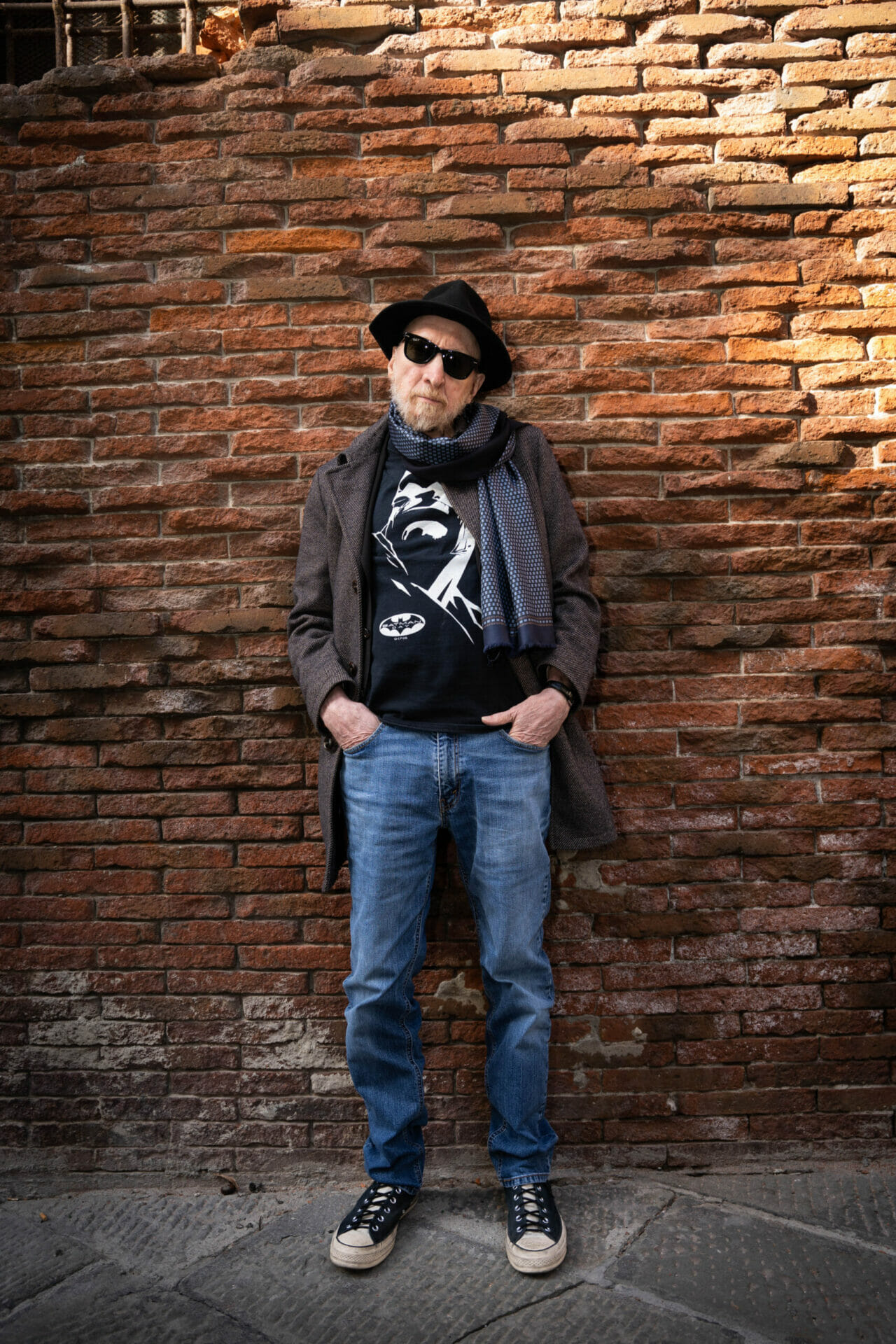
“I believe comics conventions”, he continued, “should invest more in this direction and less in merely selling products. Also, it is crucial that we let comics meet any kind of audience, without tracing too stiff boundaries between genres and target groups. The more you do this, the more you push artists to follow a standard instead of creating what feels right for them”.




